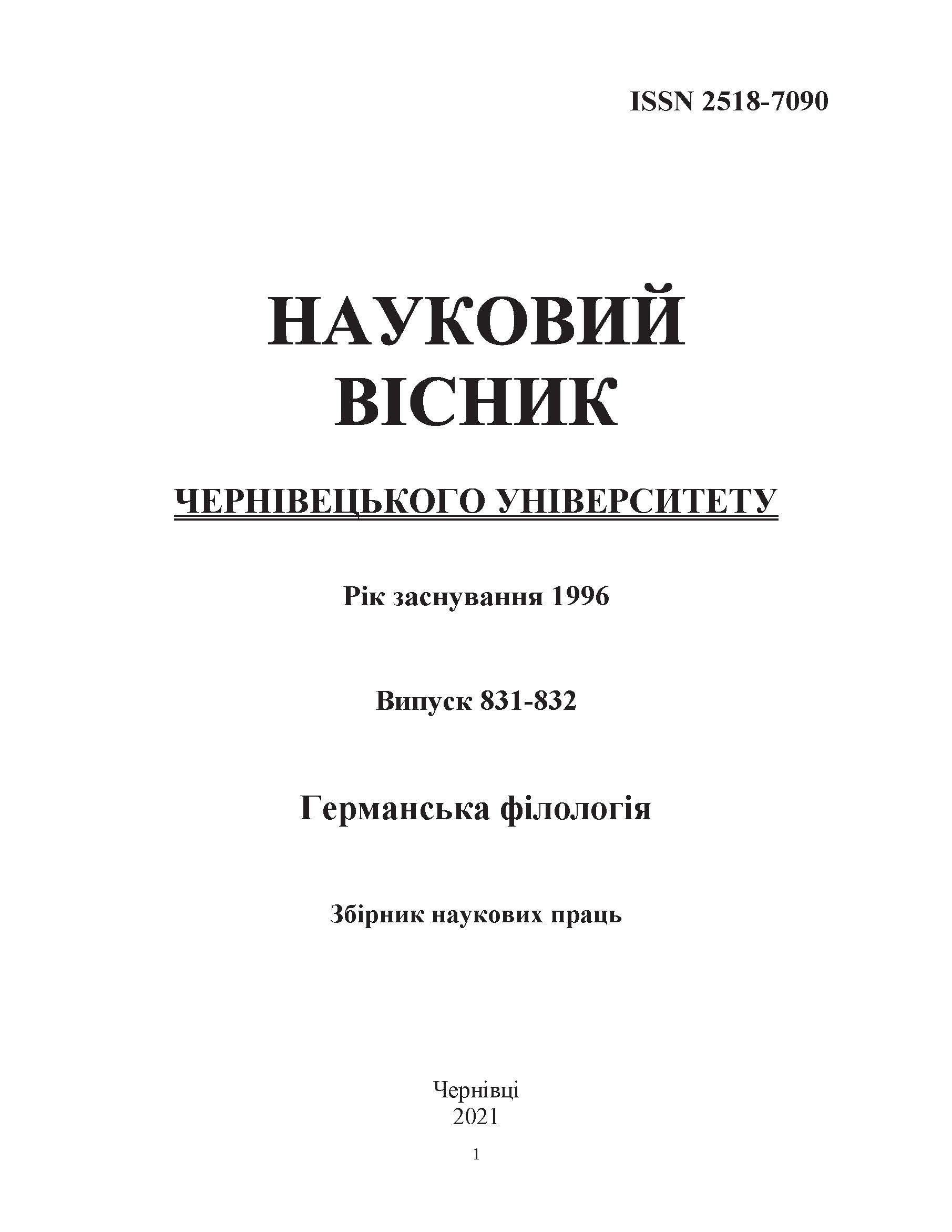ФОНОСЕМАНТИЧНІ ЯВИЩА ЯК МОВНІ РЕАЛІЇ
DOI:
https://doi.org/10.31861/gph2021.831-832.166-174Ключові слова:
звук, значення, звуковий символізм, лексема, лінгвістичний знак, фоносемантикаАнотація
Фонетичний семантизм – явище закономірного недовільного фонетично вмотивованого зв’язку між фонемами та незвуковою ознакою денотата, яка лежить в основі номінації. Інакше кажучи, денотатом номінації при звуконаслідуванні є предмети, явища, процеси, яким притаманна здатність формувати звуки, що підсвідомо асоціюються з названими предметами, явищами тощо. За теорією фоносемантизму, денотатом номінації є предмети, явища, процеси, яким не властиве звукотворення. Для фоносемантики важливе врахування двох аспектів фундаментального принципу недовільності / довільності мовного знака. Перший передбачає загальний взаємозв’язок явищ та об’єктів реальної дійсності. Історії науки відомі приклади, коли встановлюються зв’язки між, здавалося б, зовсім несумісними явищами. Другий аспект пов’язаний з тим, що визнання довільності мовного знака означає незалежність відношень між позначуваним і позначуючим, що суперечить загальносистемному принципу ієрархізації, згідно з яким кожен елемент вищої системи може розглядатися як самостійна нижча система. Звукокомплекс зі своїм значенням перебуває в постійній динаміці. Процеси, що відбуваються в мові, породжують постійні зміни, і це не може не позначитися на зв’язку звучання зі значенням слова. Метою дослідження є встановлення палітри пов'язаних з німецьким звуком
[b] значень. Використання сучасних методів наукового пошуку, таких як фоносемантичний, дескриптивний та порівняльно-історичний аналіз, уможливило визначення множини семантичних асоціативних фонетичних значень досліджуваного звука. Досліджуваний звук превалює у континуумі понять 'вода', 'балаканина', 'рух' і 'страх'. Аналіз німецького вокабуляра продемонстрував наявність у цього звука семантичного навантаження на тлі як окремих лексичних одиниць, так і тексту в цілому.







